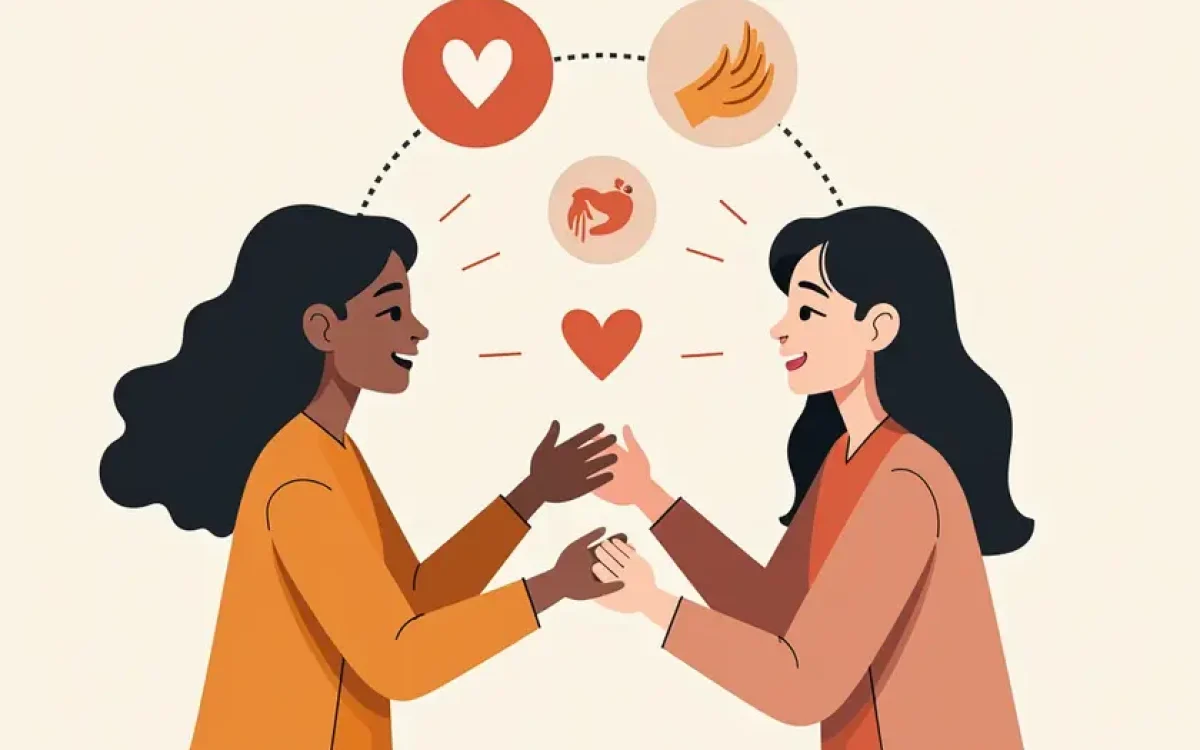How to Foster Healthy Relationships
Building and maintaining healthy relationships is essential for our well-being and happiness. In this article, we will explore key strategies and practices that can help you cultivate strong and fulfilling connections with others. By focusing on building trust and communication, setting boundaries and respecting differences, and practicing active listening and empathy, you can create and nurture positive relationships that bring joy and support to your life.
Building Trust and Communication
Building trust and communication are essential elements in any relationship, whether personal or professional. Trust forms the foundation of a healthy relationship, while effective communication ensures that both parties understand each other’s needs and feelings.
Key Points:
- Trust is earned over time through consistent actions and honesty.
- Open and honest communication is crucial for building trust.
- Active listening plays a significant role in fostering trust and understanding.
- Expressing empathy and understanding towards the other person’s perspective strengthens communication.
Benefits of Building Trust and Communication:
- Enhanced understanding and connection between individuals.
- Conflict resolution becomes easier when trust and communication are strong.
- Increased collaboration and teamwork in professional settings.
- Improved overall satisfaction and happiness in relationships.
By prioritizing trust and communication in your relationships, you can create a strong foundation for mutual respect, understanding, and support.
Setting Boundaries and Respecting Differences
Setting boundaries is essential in any relationship, as it helps establish mutual respect and understanding between individuals.
Respecting differences is key to maintaining healthy interactions, as it allows for acceptance and appreciation of each other’s unique perspectives and backgrounds.
Why Setting Boundaries is Important:
- Defines personal limits and expectations
- Prevents misunderstandings and conflicts
- Promotes self-care and emotional well-being
How to Set Boundaries Effectively:
- Communicate openly and honestly about your needs
- Be assertive yet respectful in expressing your boundaries
- Listen actively to the boundaries set by others
Respecting differences involves acknowledging and valuing the diverse opinions, beliefs, and backgrounds of others, even if they differ from your own.
By setting boundaries and respecting differences, individuals can cultivate a culture of understanding, empathy, and cooperation in their relationships.
Practicing Active Listening and Empathy
Active listening is a crucial skill in effective communication. It involves fully concentrating, understanding, responding, and remembering what is being said.
Key Points for Practicing Active Listening:
- Give the speaker your full attention, maintain eye contact, and avoid distractions.
- Show that you are listening by nodding, using verbal cues like “I see” or “Go on,” and summarizing what the speaker has said.
- Avoid interrupting or imposing your solutions or opinions. Let the speaker express themselves fully.
- Empathy plays a significant role in active listening. Put yourself in the speaker’s shoes to understand their perspective and emotions.
Benefits of Practicing Active Listening and Empathy:
- Builds trust and rapport with the speaker, fostering a deeper connection.
- Enhances mutual understanding and reduces conflicts by clarifying communication.
- Strengthens relationships and demonstrates respect for the speaker’s thoughts and feelings.
Practical Tips for Cultivating Active Listening and Empathy:
- Practice mindfulness to stay present and focused during conversations.
- Ask open-ended questions to encourage the speaker to share more about their thoughts and feelings.
- Validate the speaker’s emotions by acknowledging their feelings without judgment.
- Reflect on your own biases and assumptions that may hinder empathetic listening.
In conclusion, mastering active listening and empathy is a continuous process that requires practice, patience, and a genuine interest in understanding others.






